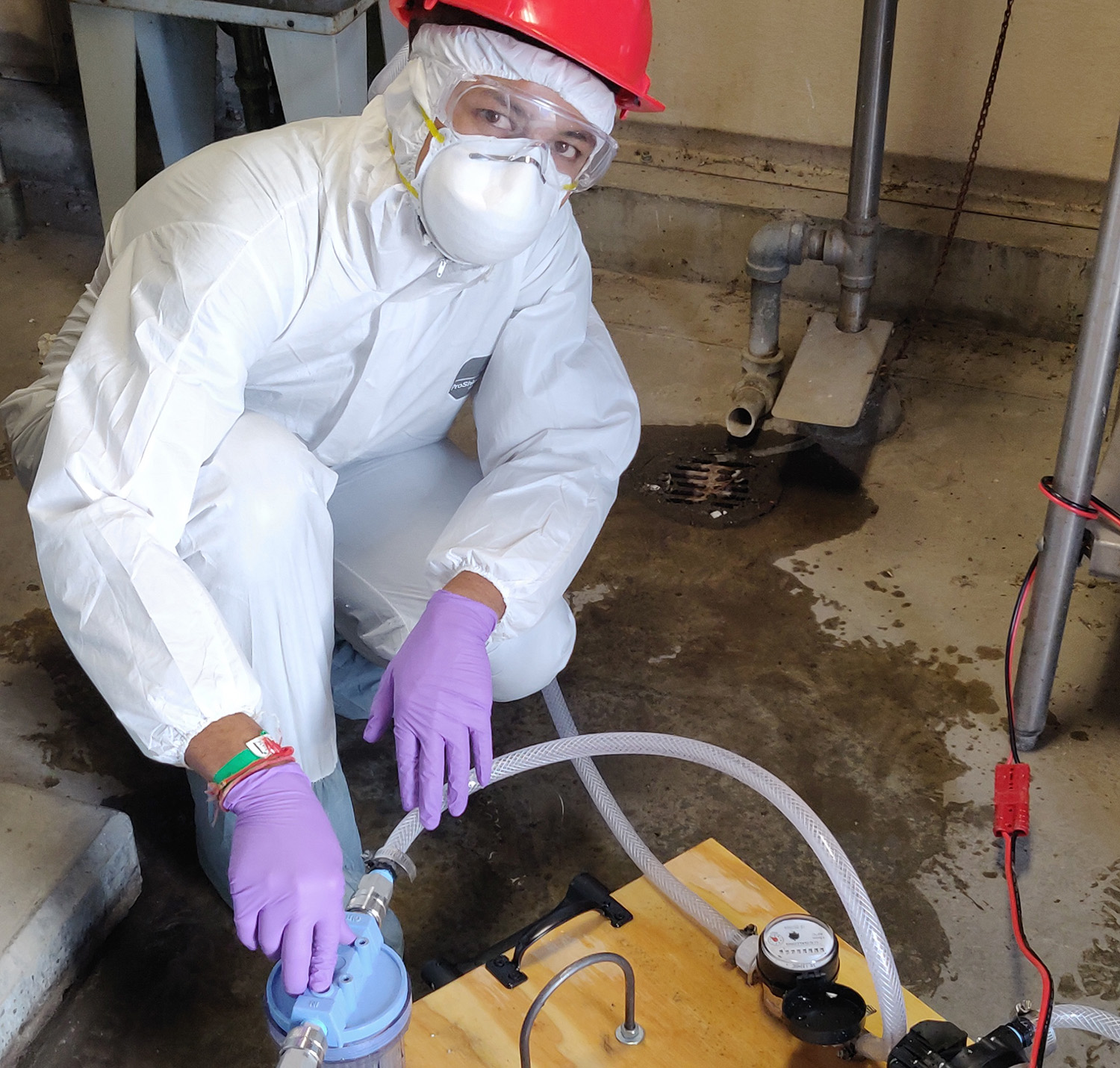Brijen Miyani is a doctoral student in environmental engineering in the College of Engineering. Previously, he earned his master’s degree from MSU. Miyani joined the Environmental Virology Lab in Fall 2018. Since then, he has been working on concentrating viruses from wastewater and correlating it to diseases associated by those viruses – also known as wastewater-based-epidemiology.
I vividly remember my adviser telling me during my first year of Ph.D. to work on human herpes viruses (HHVs). Back then, I had just finished my master’s. I ended up taking courses to get familiar with topics that would be used in my fields of research (wastewater, microbiology, virology). I spent my first year of Ph.D. learning about HHVs types, prevalence in environmental samples, infectivity and different sources of shedding of HHVs from humans.
I had no idea back then that this was preparing me for the current ongoing SARS-CoV-2 pandemic. After the onset of the devastating pandemic, I switched gears from HHVs to SARS-CoV-2. I was both excited and scared to work on it. It was the early stages of pandemic, and we had no idea about the infectivity of SARS-CoV-2 in general as well as from wastewater.
Due to COVID-19 related research, I got instant approval to remain working in the lab during the pandemic. When COVID-19 cases were high in Detroit in April 2020, I remember visiting Detroit to take samples. Even though I was the lone student working in the lab, can you imagine how overwhelming it felt when I had to get approval from my adviser, department chairperson, college dean and the MSU provost? Submission of my first paper (WBE for HHVs) gave me the extra boost and confidence I needed.
My first paper, about SARS-CoV-2, was submitted, revised, accepted and published by August 2020, all within four months of genesis of the project — such was the pace and necessity of research. The second paper published in June 2021, focused on the time lag between SARS-CoV-2 RNA concentrations in wastewater and onset of COVID19 cases. This was critical as it would provide an early warning to health officials, wastewater treatment plants and hospitals – which could save thousands of lives.
We have a collaboration with Michigan Department of Health and Human Services, or MDHHS; Great Lakes Water Authority, or GLWA; and local health departments from Oakland, Macomb and Wayne counties to monitor SARS-CoV-2 as well as variants from wastewater.
I can’t help but think and be grateful that I was in the right place at the right time to conduct life-saving research.
